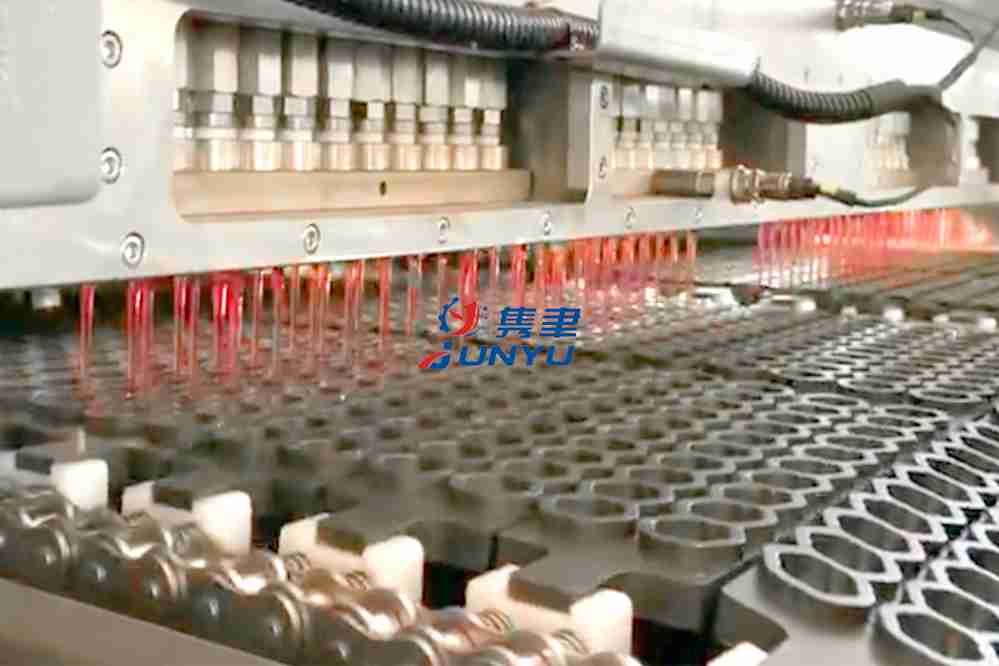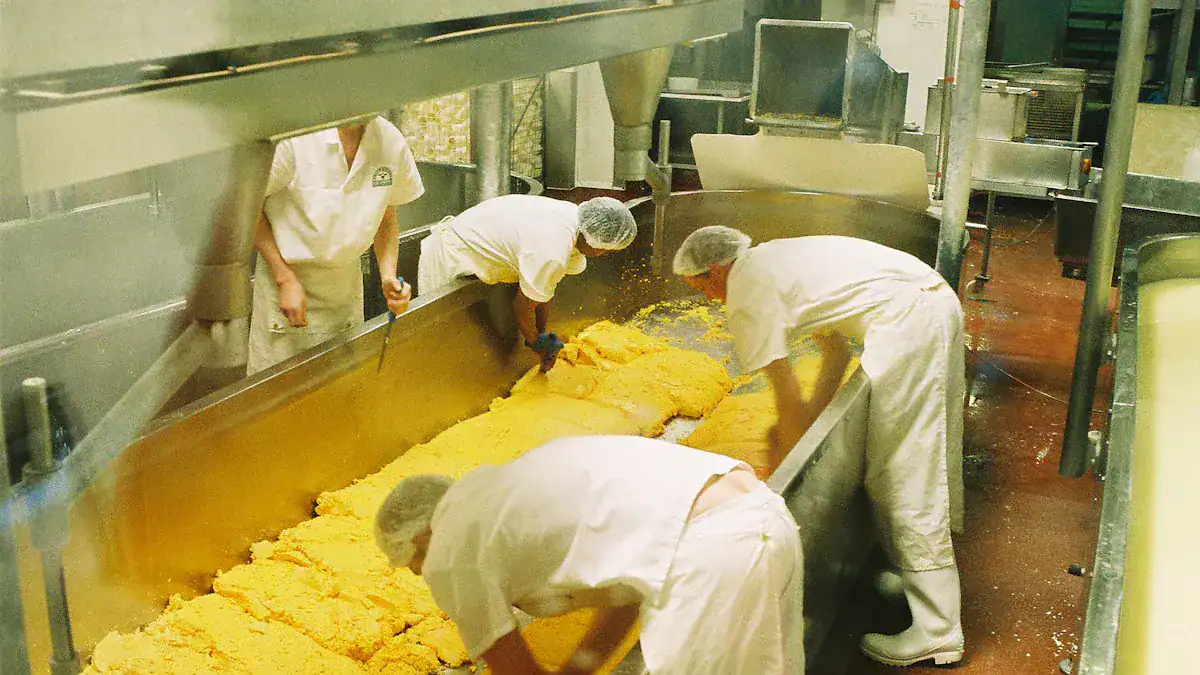
So, you’re a candy enthusiast, and you’ve asked yourself, “How is filling jelly candy manufactured in a factory?” You’re not alone. Almost every candy vendor on the market has an explanation for the ingredients. In this article, you’ll learn how sugar, gelatin, and starch are combined to create this delicious treat. Next, learn about the liquid center. And don’t forget to check out the different types of jelly candy.
Gelatin
The manufacturing of jelly candies uses various methods to achieve desired textures. For example, the temperature, manufacturing methods, and gelatin content affect the final product. In some cases, the acid content is controlled by adding acids of food grade quality, such as fumaric, lactic, or malic acids. Other ingredients are added for flavoring and shine enhancement, such as beeswax, coconut oil, or pear concentrate. Other additives include confectioner glaze.
One way to manufacture a healthy version of jelly candy is to use a minimal amount of gelatine. The process temperature of this jelly candy should be around 55 degC, which protects the honey diastase activity and is low enough to allow for adequate mixing of gelatine. Once the mixture has reached the desired temperature, it can be mixed using a glass rod and tested. It will then be ready for packaging.
Starch
The process of manufacturing filling jelly candy involves using a starch mogul system. This process allows for runnier materials to be used, such as marshmallows and jelly beans. A mould is placed in the starch mogul system, where the candy material is poured into the starch to create the desired shape. The candy is then allowed to set up or harden, and the starch absorbs excess water.
Before this technology was developed, the jelly confectionery manufacturing process used starch moguls to mold the confectionery from a liquid solution. However, with the new technology, confectioners can manufacture their gummies in a starch-free environment, thus reducing energy usage and eliminating the need for gelling rooms. Because gelatin does not require the presence of starch, this method allows them to produce larger volumes of gummies more quickly and efficiently.
Sugar
If you want to start a business in the sweets industry, you can look into setting up a jelly candy factory. A machine is necessary to process the sugar filling and gelatin into jelly candy. These machines consist of several parts: the cooker for dissolving the sugar and gelatin, a buffer tank for the mixture, valves, jacket pipes, and a controlling cabinet. Some machines are equipped with touchscreen controls and incorporate a cooling tunnel and oil sprayer after moulding.
One way to make liquid-centered jelly candy is to combine a solid hygroscopic sugar with a starch mold. The melted sugar, which may be fructose or a blend of other sugars, is then deposited in the starch mold. The molds are then filled with a second deposit of hard candy pellet. Once the molds are filled, the candy is placed in a curing room where it cures for at least 24 hours. This process is repeated to make a solid-particle candy with a liquid center.
Liquid center
Unlike the traditional jelly candy, which has a solid center, the jelly candy has a liquid middle. The center is made of sucrose, and the invertase enzyme liquefies it. Invertase action is dependent on moisture, pH, and temperature. The moisture content of jelly candy is low, and it is placed into molds when it is 25-30% water. Once cured at 140 deg. F., it is further dried. If the water content is high, this may affect invertase action.
The process of creating liquid-centered jelly candy is similar to that of making a hard-centered candy. After the jelly candy is made, it is processed to a moisture content of about 25-30 percent. Then, a small hard candy pellet is formed from sugar and flavor and is centered over the jelly candy. Another deposit of warm jelly candy is placed on top of the hard candy pellets, where it liquefies.
Crystalline fructose
The process of manufacturing crystalline fructose filling jelly candy involves melting dry crystalline sugar, such as a compressed tablet or hard paste, and then placing the mixture in starch molds. Once the molds are filled, the molds are placed in a curing room, where the moisture from the jelly candy migrates into the hard candy pellet. The mixture is then allowed to harden.
The sugars used in making jelly candy are glucose, fructose, and saccharides. The basic units of carbohydrate are glucose and fructose, which can be linked in infinite ways. The three basic sugars are glucose, fructose, and xylitol, which are all monosaccharides. When used in confections, these sugars are used for both their sweetness and physical properties. Sucrose is produced commercially in the form of crystalline sugar and is derived from sugar cane.





